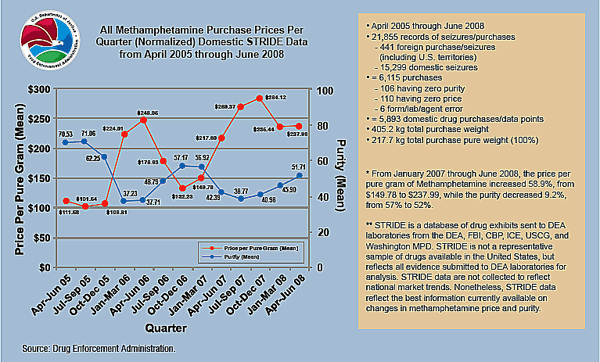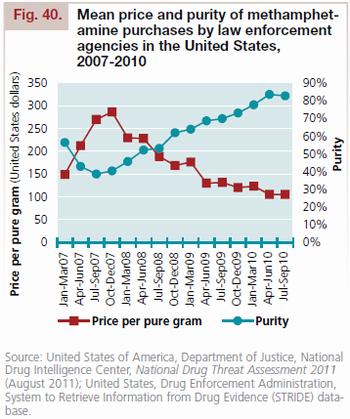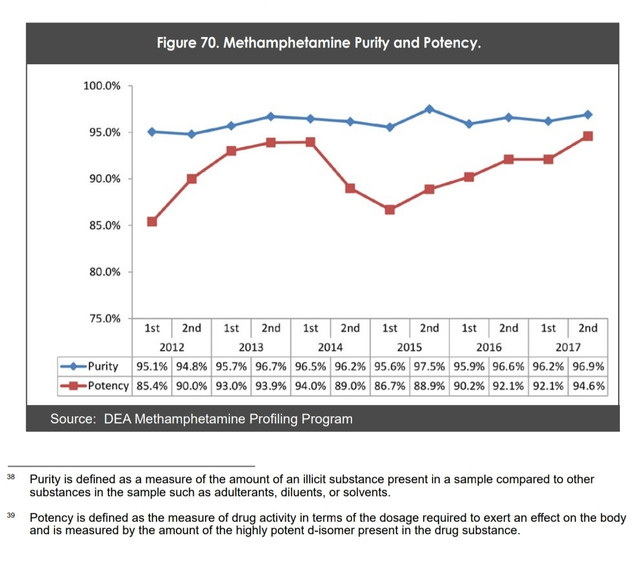Dr. J
Bluelight Crew
- Joined
- Sep 30, 2001
- Messages
- 1,423
This study sought best practice for accurate detection of completely legal and non psychoactive N-isopropylbenzylamine from its nearly identical chemical cousin, methamphetamine. Authors examined 8 samples from 2017/2018 determined to be methamphetamine and discovered that traditional testing methods including infrared spectroscopy, colloidal gold-based immunoassays, and GC/MS analysis were insufficient in distinguishing between the two.
This seems to confirm that synthesis using N-ISO is happening at the source, even in China. Moreover, if the advanced super scientific tests can’t tell the difference, using a reagent kit at the user level would be pointless.
Study Link
“Among drugs of abuse, methamphetamine (MA) is the second most popular illicit drug worldwide which has been listed as a category I psychotropic substance under strict state control in most countries. However, an isomer of MA, called N-isopropylbenzylamine (N-IBA), has often been used as the adulterant of MA in drug crimes due to their high similarity in structure (Figure 1), which easily resulted in the misidentification of N-IBA as MA in suspected samples. For example, the forensic science laboratory of the United States Drug Enforcement Administration (DEA) reported several cases of counterfeiting MA hydrochloride with N-IBA hydrochloride from 2007 to 2008.”
This seems to confirm that synthesis using N-ISO is happening at the source, even in China. Moreover, if the advanced super scientific tests can’t tell the difference, using a reagent kit at the user level would be pointless.
Study Link
“Among drugs of abuse, methamphetamine (MA) is the second most popular illicit drug worldwide which has been listed as a category I psychotropic substance under strict state control in most countries. However, an isomer of MA, called N-isopropylbenzylamine (N-IBA), has often been used as the adulterant of MA in drug crimes due to their high similarity in structure (Figure 1), which easily resulted in the misidentification of N-IBA as MA in suspected samples. For example, the forensic science laboratory of the United States Drug Enforcement Administration (DEA) reported several cases of counterfeiting MA hydrochloride with N-IBA hydrochloride from 2007 to 2008.”



